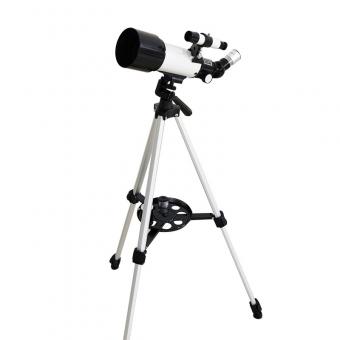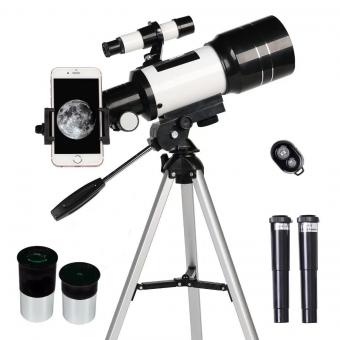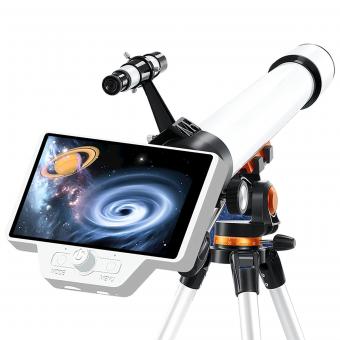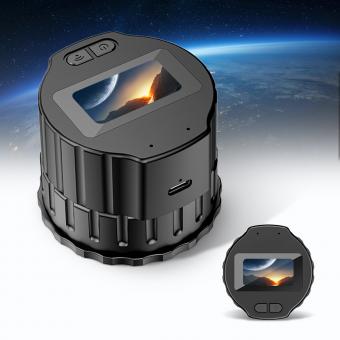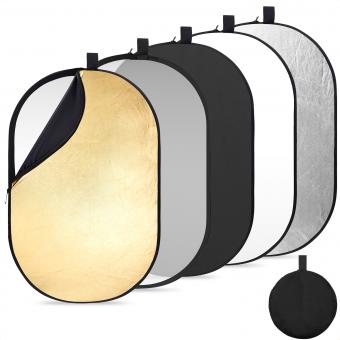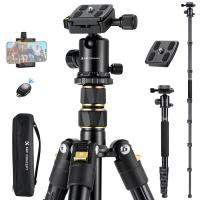Who Found Telescope?
The invention of the telescope is a fascinating story that intertwines the realms of science, history, and human curiosity. The telescope, an instrument that has revolutionized our understanding of the universe, was not the brainchild of a single individual but rather the result of cumulative advancements in optics and lens-making. This article delves into the origins of the telescope, the key figures involved in its development, and its profound impact on astronomy and science as a whole.
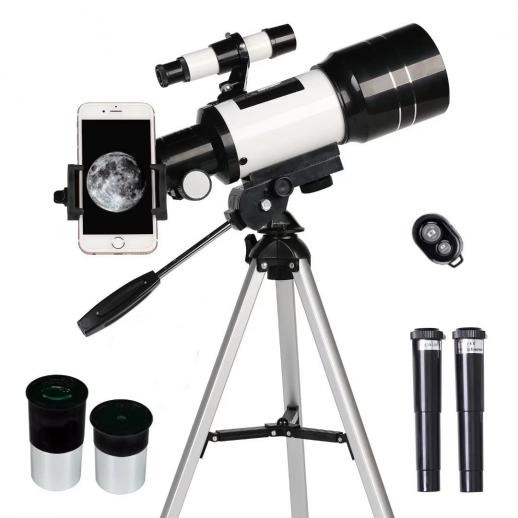
The Early Beginnings
The concept of magnification and the use of lenses date back to ancient times. The Greeks and Romans were known to use simple lenses made of glass or crystal to magnify objects. However, it wasn't until the late 16th and early 17th centuries that the principles of optics were sufficiently understood to create more sophisticated instruments.
Hans Lippershey: The First Patent
The Dutch spectacle maker Hans Lippershey is often credited with the invention of the telescope. In 1608, Lippershey applied for a patent for a device that could magnify distant objects. His design consisted of a convex objective lens and a concave eyepiece, which allowed for a magnification of about three times. Although Lippershey's patent application was not granted, his invention garnered significant attention and spurred further developments in the field.
Jacob Metius and Zacharias Janssen
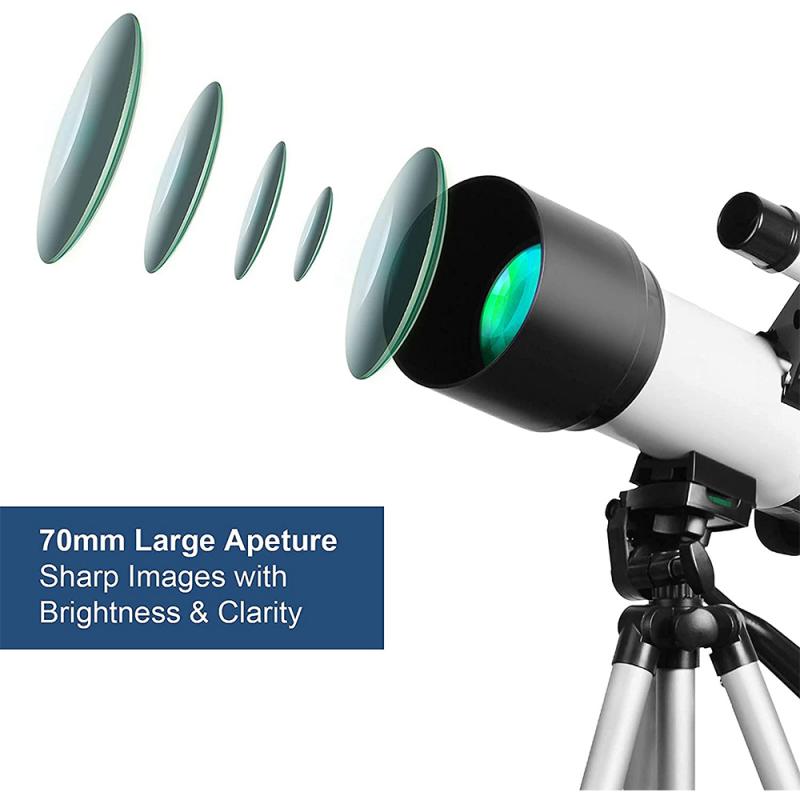
Around the same time, another Dutchman, Jacob Metius, also claimed to have invented a similar device. Additionally, Zacharias Janssen, another spectacle maker from the Netherlands, is sometimes credited with the invention. The exact contributions of these individuals remain a topic of historical debate, but it is clear that the Netherlands was a hub of optical innovation during this period.
Galileo Galilei: The Astronomical Pioneer

While the Dutch may have invented the telescope, it was the Italian scientist Galileo Galilei who truly harnessed its potential for astronomical observation. In 1609, having heard of the Dutch invention, Galileo constructed his own telescope, which boasted a magnification of up to 30 times. With this instrument, Galileo made several groundbreaking discoveries that challenged the prevailing geocentric model of the universe.
Galileo's observations included the discovery of the four largest moons of Jupiter, the phases of Venus, the rugged surface of the Moon, and countless stars previously invisible to the naked eye. These findings provided strong evidence for the heliocentric model proposed by Copernicus and fundamentally altered our understanding of the cosmos.
Johannes Kepler: Theoretical Advancements
Johannes Kepler, a contemporary of Galileo, made significant theoretical contributions to the development of the telescope. In 1611, Kepler published "Dioptrice," a work that described the principles of how lenses form images. He proposed an improved design for the telescope, known as the Keplerian telescope, which used two convex lenses. This design offered a wider field of view and greater magnification, although it inverted the image.
Isaac Newton: The Reflecting Telescope
The next major advancement in telescope design came from Sir Isaac Newton. In 1668, Newton built the first successful reflecting telescope, which used a curved mirror instead of lenses to gather and focus light. This design, known as the Newtonian telescope, eliminated chromatic aberration—a common problem in refracting telescopes where different colors of light are focused at different points. Newton's innovation paved the way for larger and more powerful telescopes.
The Impact on Astronomy and Science
The invention and subsequent improvements of the telescope had a profound impact on astronomy and science. Telescopes allowed astronomers to observe celestial objects in unprecedented detail, leading to numerous discoveries and the formulation of new theories about the universe.
1. Mapping the Solar System: Telescopes enabled the detailed study of planets, moons, and other objects within our solar system. This led to the discovery of new planets, such as Uranus and Neptune, and provided insights into the composition and behavior of celestial bodies.
2. Understanding Stars and Galaxies: Telescopes revealed the existence of countless stars and galaxies beyond our own. This expanded our understanding of the universe's vastness and complexity, leading to the development of modern astrophysics and cosmology.
3. Advancing Physics: Observations made with telescopes have contributed to significant advancements in physics. For example, the study of light from distant stars has provided evidence for the theory of relativity and the expansion of the universe.
4. Technological Innovations: The development of telescopes has driven advancements in optics, materials science, and engineering. These innovations have had far-reaching applications beyond astronomy, including in medicine, communications, and defense.
Modern Telescopes and Future Prospects
Today, telescopes continue to evolve, incorporating cutting-edge technology to push the boundaries of our knowledge. Space-based telescopes, such as the Hubble Space Telescope, have provided stunning images and invaluable data about the universe. Ground-based observatories, equipped with adaptive optics and other advanced technologies, offer unprecedented resolution and sensitivity.
Looking to the future, projects like the James Webb Space Telescope and the Extremely Large Telescope promise to further revolutionize our understanding of the cosmos. These instruments will allow us to peer deeper into space and time, potentially uncovering answers to some of the most fundamental questions about the universe's origins and fate.
The invention of the telescope is a testament to human ingenuity and the relentless pursuit of knowledge. From the early designs of Hans Lippershey and his contemporaries to the groundbreaking observations of Galileo and the theoretical advancements of Kepler and Newton, the telescope has been a crucial tool in our quest to understand the universe. As technology continues to advance, the telescope will undoubtedly remain at the forefront of astronomical discovery, helping us to explore the cosmos and unravel its many mysteries.

